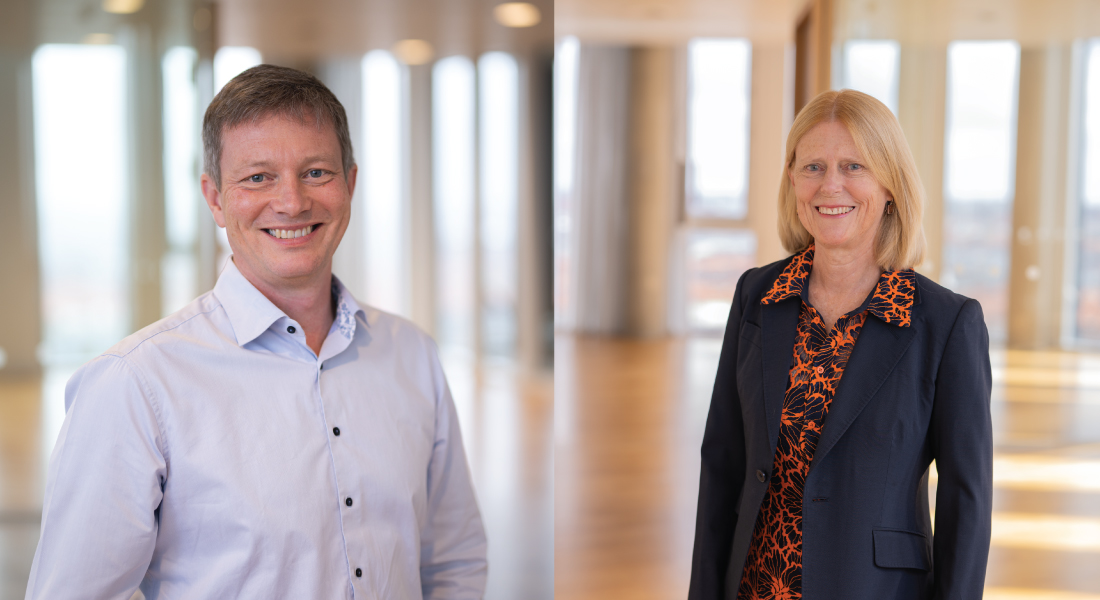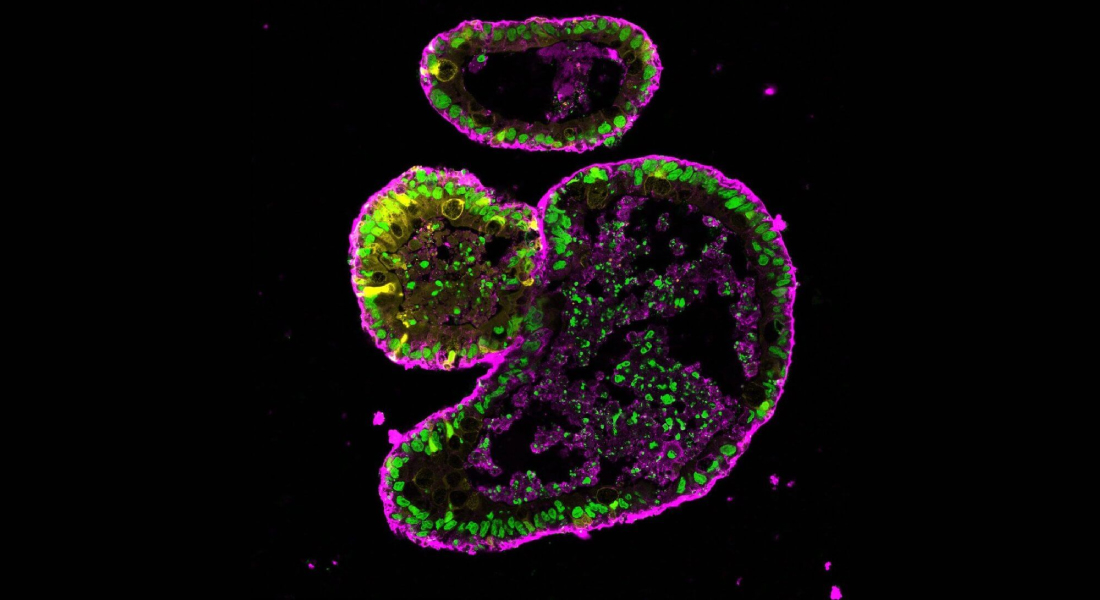reNEW Leadership highlights the need for standards in organoid research
The term “organoid” has experienced a significant increase in use in recent years due to advancements in biomedical research and the field of regenerative medicine.

The modern term organoid refers to clusters of cells grown in the lab that self-organize and differentiate into functional cell types. The same term is used whether the starting cell is a stem cell residing in an adult tissue or a pluripotent stem cell. Tissue stem cell organoids model aspects of tissue repair and homeostasis, while pluripotent stem cell organoids model organ development.
In both cases, organoids have the potential to drive precision medicine because they provide a unique chance to model human development, regeneration, and repair in the laboratory.
Professors Melissa Little from the Murdoch Children’s Research Institute in Melbourne and the University of Copenhagen and Kim Bak Jensen, also from the University of Copenhagen, are stem cell researchers who use organoids in their respective fields, the gut and kidney.
They are also principal investigators and senior leaders in the international consortium, Novo Nordisk Foundation Center for Stem Cell Medicine, reNEW. Professor Little is the CEO of reNEW.

Today, Little and Jensen published their commentary, titled Organoids are not Organs: Sources of Variation and Misinformation in Organoid Biology, in Stem Cell Reports.
The commentary discusses the opportunities and challenges that should be considered in organoid research. One such challenge is considering how to validate whether the organoid accurately models the organ or tissue of interest. Another is understanding the biological relevance of variation seen across multiple organoids or across time studies. Finally, and importantly, asking whether the results obtained are reproducible.
Little and Jensen are calling for standardised criteria to address these challenges.
“Organoids offer an opportunity to model, understand, and potentially treat human disease. However, with hope comes hype,” said Professor Little.
“It is essential to acknowledge and consider the limitations of organoids and to have defined standards in order to ensure adequate study design and reproducibility between experiments, biological samples, and labs”.
The recently released ISSCR Standards for Human Stem Cell Use in Research are an important step towards addressing this issue.
“Rigorous science is key to enhancing our understanding of disease and advancing the field of regenerative medicine,” reiterated Professor Jensen.
